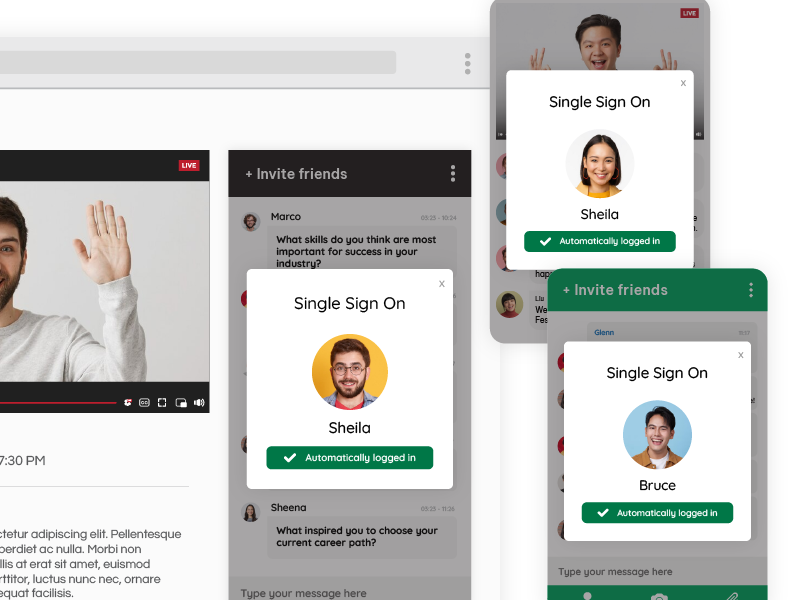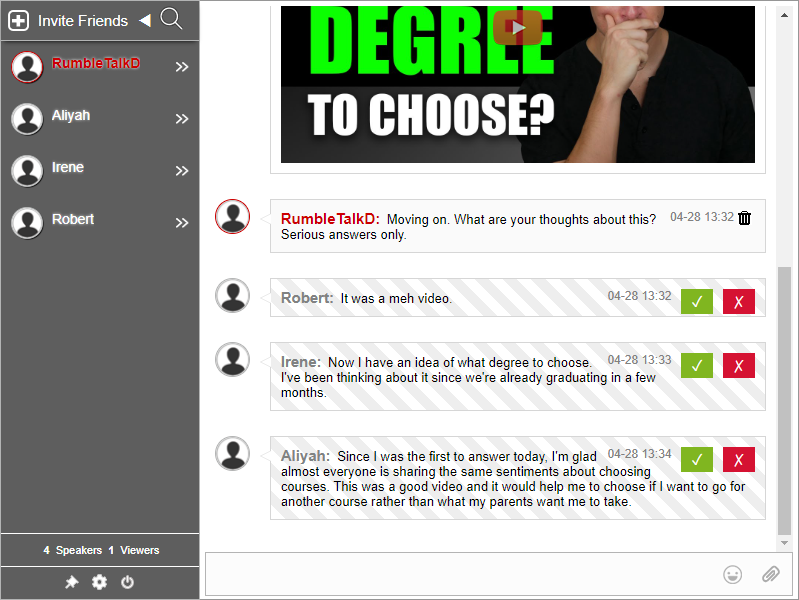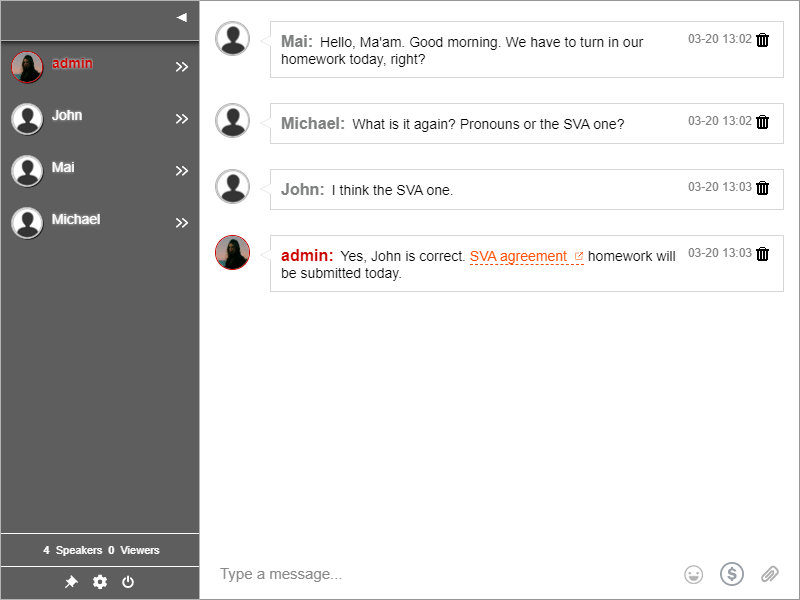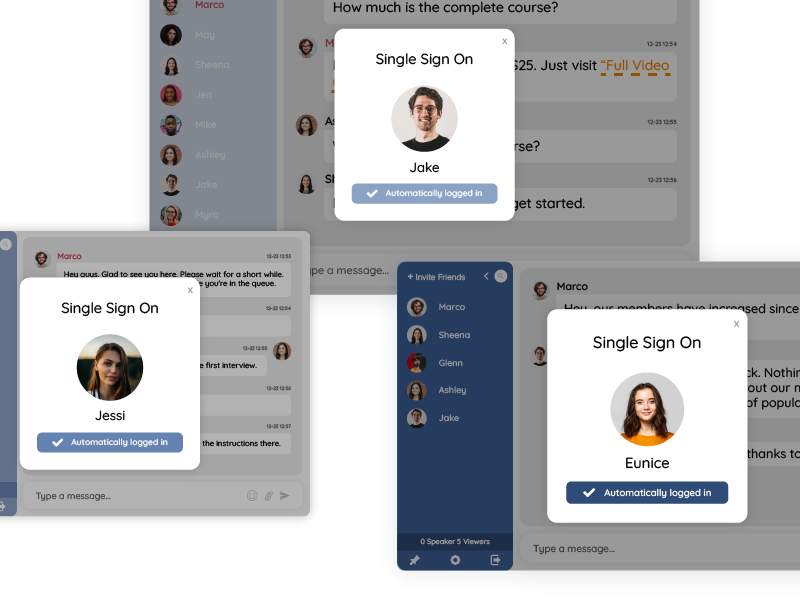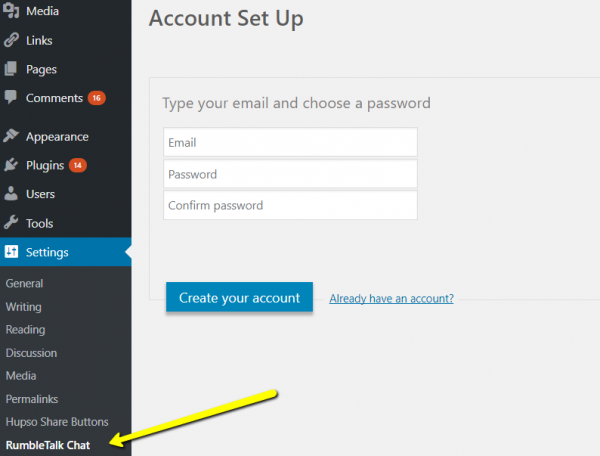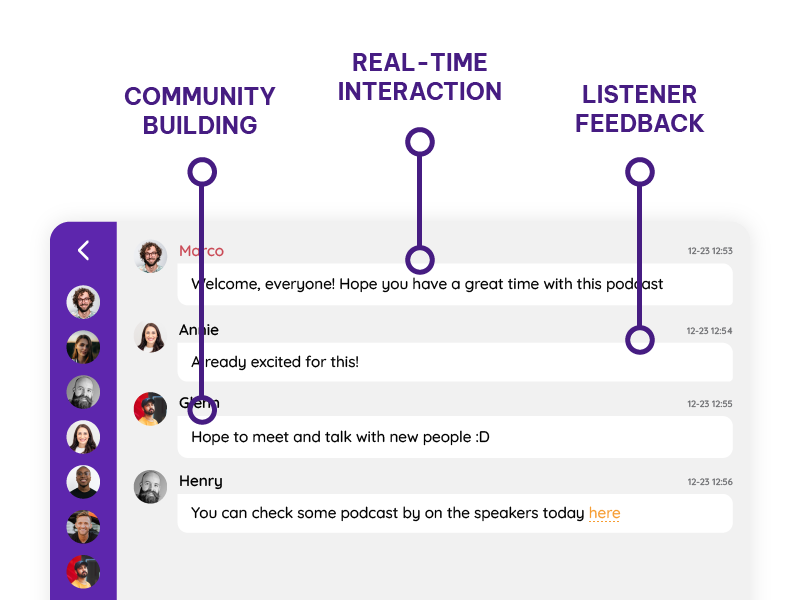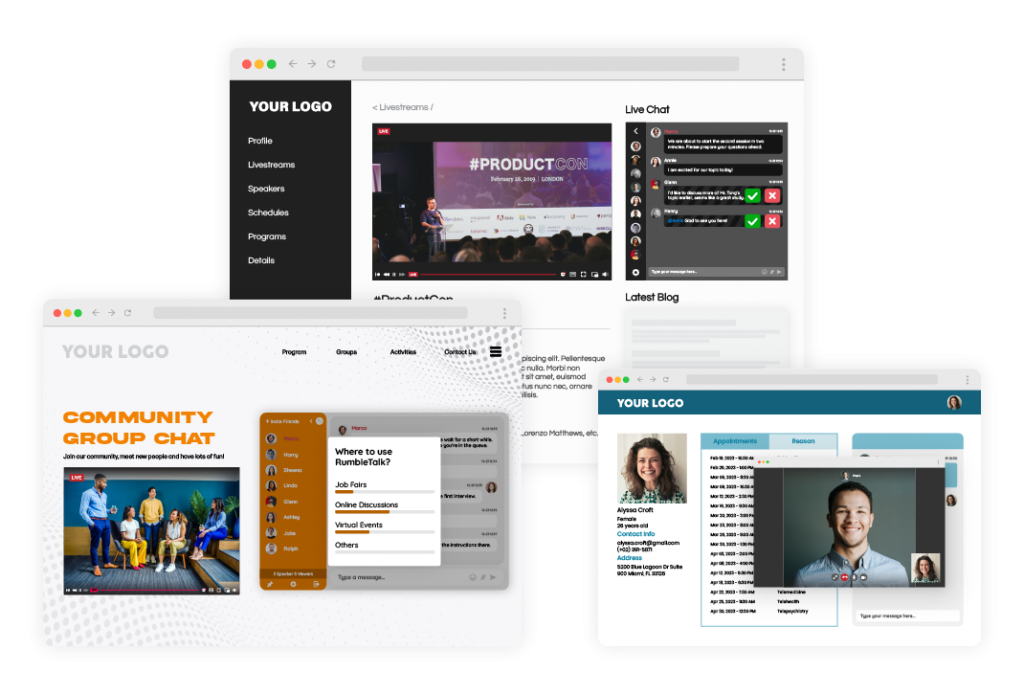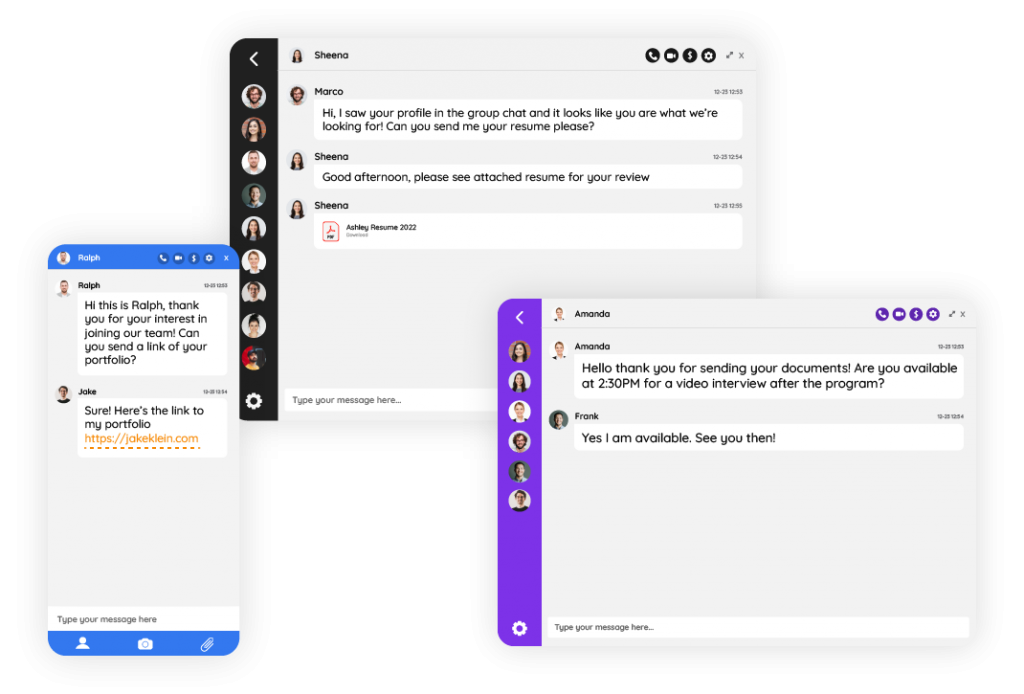In the evolving landscape of e-learning, effective communication is key to successful teaching and learning. Today, elearning chat services are transforming virtual classrooms, allowing educators to create engaging and interactive environments. With the integration of multi-chat capabilities and auto-login features, e-learning platforms are now better equipped to foster dynamic student engagement and enhance the user experience.
This article explores the essential features of elearning chat services and how they can be integrated into educational platforms to improve communication and collaboration.
What is an SDK and Why is it Important for E-Learning Chat Services?
An SDK is a set of tools, documentation, and code that helps developers add specific functionalities, like chat rooms, to applications or websites. For e-learning platforms, SDKs play a crucial role in enabling real-time communication between students and teachers. They allow the integration of multiple chat rooms for various classes, study groups, and other educational purposes.
Multi-Classroom Chat Management
Elearning chat services powered by SDKs offer exceptional flexibility for educators to manage multiple chat rooms seamlessly. This capability is essential for engaging different groups of students while maintaining effective communication.
Key features include:
- Dedicated Chat Rooms: Organize specific chats for each class, project, or study group, ensuring focused discussions.
- Role-Based Permissions: Customize access levels for educators, students, and administrators, ensuring smooth management.
- Scalability: E-learning platforms with large user bases can maintain high performance even across numerous chat rooms.
Auto-Login: Enhancing Accessibility
The auto-login feature is an essential tool for enhancing the accessibility and usability of elearning chat services. By automatically logging users into their designated chat rooms upon entering the platform, auto-login removes the need for extra steps and streamlines the user experience.
The Role of Auto-Login in Virtual Classrooms
Auto-login simplifies access to chat rooms by automatically connecting users with the appropriate virtual spaces, ensuring they can participate in discussions without delays.
Benefits of auto-login:
- Instant Access: Users can immediately join discussions without having to re-enter login credentials.
- Time Efficiency: Students and instructors can focus on learning and teaching, rather than spending time on login processes.
- Enhanced Security: Auto-login uses token-based authentication to ensure only authorized users gain access to specific chat rooms.
By removing barriers to entry, auto-login fosters greater engagement and encourages consistent participation in virtual classroom discussions.
Integrating E-Learning Chat Services into Platforms
Integrating elearning chat services into your educational platform is made easy with SDKs. Here’s how you can get started:
- Access Documentation: SDKs come with detailed guides to help developers understand and implement chat features.
- Embed Chat Rooms: Add chat functionalities to your platform by following the integration steps provided in the documentation.
- Configure Multi-Classroom Chats: Customize the chat rooms according to the needs of your classroom, including user roles and permissions.
- Enable Auto-Login: Implement a token-based system to ensure users can join their respective chat rooms directly without additional steps.
Elevating Learning with Multi-Classroom Chats
Elearning chat services can significantly enhance the learning experience by creating customized, interactive environments. Below are several use cases demonstrating how multi-chat features can elevate online education:
- Personalized Learning: By creating dedicated chat rooms for different classes or study groups, educators can encourage focused discussions and collaboration.
- Large-Scale Platforms: Platforms that host thousands of users can benefit from easy navigation across multiple chat rooms and stable performance during high-traffic periods.
- Virtual Events and Webinars: Advanced chat services make it possible to host interactive virtual events, complete with live Q&A sessions and smaller group discussions.
Why E-Learning Chat Services Are Transformative
Elearning chat services offer a variety of advanced features that empower both educators and learners to interact more efficiently and effectively. These services can significantly improve communication and collaboration within virtual classrooms.
Benefits include:
- Moderation Tools: Control conversations to ensure a respectful and productive environment.
- Queued Chat: Efficiently manage high volumes of messages, ensuring smooth interactions.
- Seamless Integration: SDKs are designed for flexibility, enabling easy integration with both new and existing platforms.
- Comprehensive Support: Developers can access resources and dedicated support teams to help them implement and optimize chat functionalities.
Empower Your Virtual Classrooms with E-Learning Chat Services
By integrating elearning chat services into your platform, you can foster dynamic, interactive, and effective virtual classrooms. These tools enable educators and students to communicate and collaborate more efficiently, with features like multi-chat management and secure auto-login helping to enhance the overall learning experience.
Start enhancing your e-learning platform today by exploring the possibilities offered by modern chat SDKs like RumbleTalk. Whether you are introducing chat rooms for the first time or looking to improve an existing system, these services are designed to empower your educational community with innovative communication solutions.


